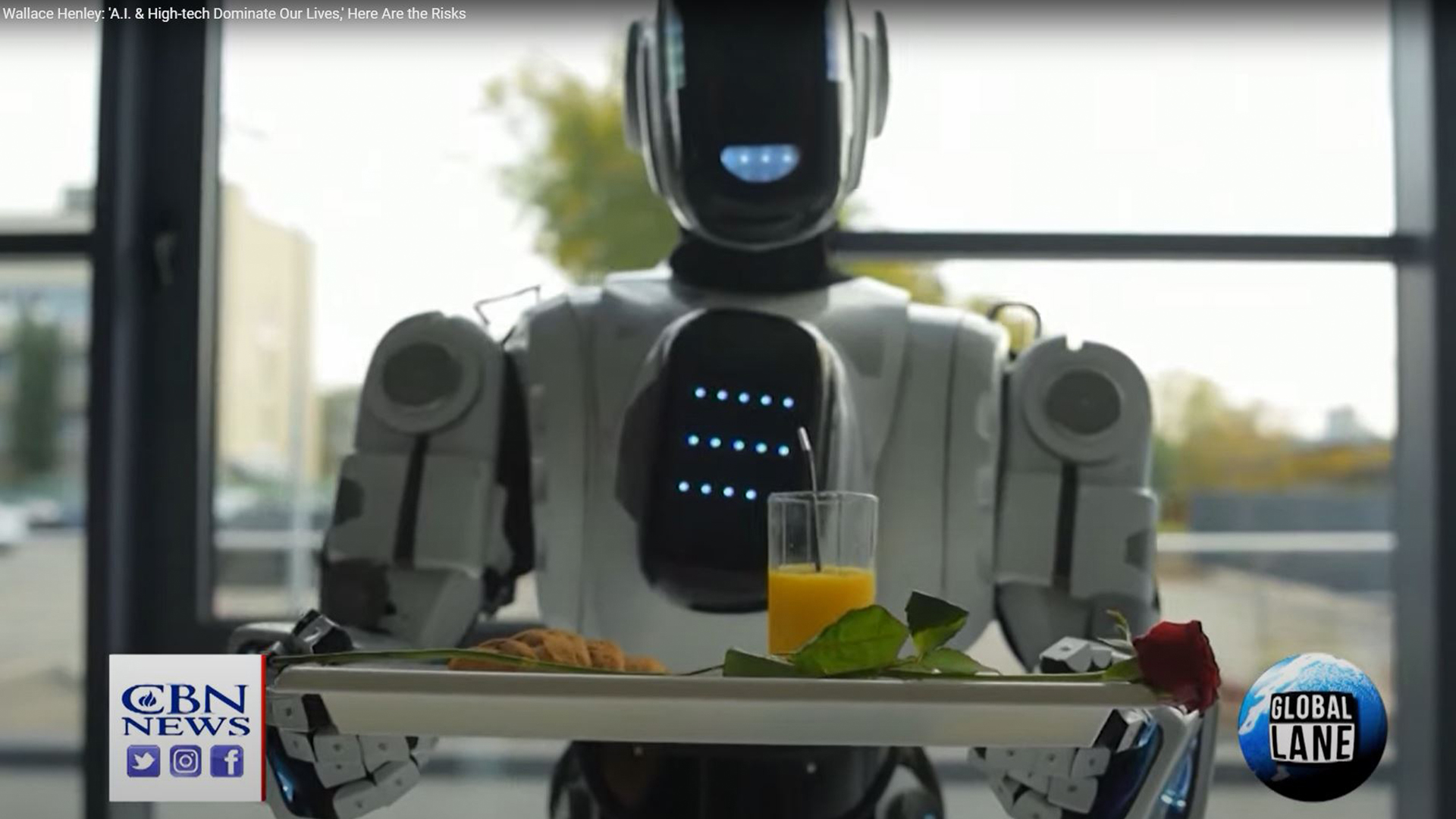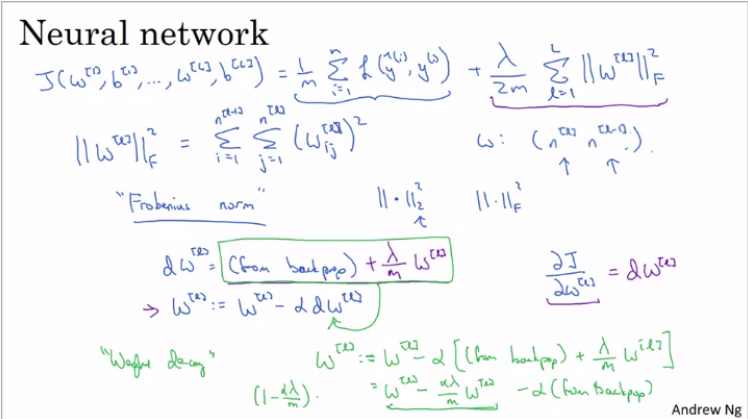
Machine learning math has many foundational tools, such as linear algebra, analytic geometry, matrix decompositions, vector calculus, probability and statistics. These math tools can help you train neural networks for new tasks and increase their accuracy. This math isn’t only for computer scientists. Machine learning is for everyone. Read this article to find out more about machine intelligence. You'll learn how to apply it to improve your business processes.
Calculus for optimization
This online calculus course will provide the necessary background for students who want to pursue a career data science. The course begins by introducing functional mappings and assumes students have studied limits and differentiability. It builds on that foundation and explores the concepts of differentiation, limits, and other limitations. The final programming project, which considers the use of an optimisation routine in machine learning, also builds on calculus principles. Additional resources include bonus reading materials, interactive plots in a GeoGebra environment, as well as other resources.

Probability
While many people may not have the technical background to use probability, it is an integral part of Machine Learning. Probability is what underpins the Naive Bayes Algorithm. It assumes independent input features. Probability is an important topic for almost all business applications. Scientists can use it to predict future outcomes, and to take further steps using data. Many Data Scientists have trouble understanding the meanings and the differences between the p-value (also called the alpha value) or the alpha.
Linear algebra
Linear Algebra is a great tool for Machine Learning. Many mathematical objects and properties can be found in this math, including scalars. You can make better decisions when building algorithms if you know the basics. Marc Peter Deisenroth's Mathematics for Machine Learning teaches more about Linear Algebra.
Hypothesis testing
Hypothesis testing can be a powerful mathematical tool to help you determine the uncertainty of an observation. Statisticians and machine-learners use metrics to measure accuracy. They often assume that a particular model will produce the desired outcome when building predictive models. Hypothesis testing is used to determine if the "metric" observed matches the hypotheses in the training set. A model that predicts the height and length of flower petals would reject the null hypothesis if strong evidence supports this conclusion.

Gradient descent
Gradient descent is a fundamental concept in machine learning mathematics. This algorithm predicts features using a recursive process that takes into account the input data x values. It requires an initial training period (or epoch) and a learning rate. The learning rate is an important parameter in this algorithm, as a high learning rate means the model will not converge to the minimum. For gradient descent, the learning speed can be high, low or both, thereby determining convergence speed and cost.
FAQ
How do AI and artificial intelligence affect your job?
AI will take out certain jobs. This includes taxi drivers, truck drivers, cashiers, factory workers, and even drivers for taxis.
AI will create new jobs. This includes data scientists, project managers, data analysts, product designers, marketing specialists, and business analysts.
AI will make it easier to do current jobs. This includes accountants, lawyers as well doctors, nurses, teachers, and engineers.
AI will make jobs easier. This applies to salespeople, customer service representatives, call center agents, and other jobs.
How does AI work?
An algorithm is an instruction set that tells a computer how solves a problem. An algorithm can be described as a sequence of steps. Each step has a condition that dictates when it should be executed. The computer executes each step sequentially until all conditions meet. This process repeats until the final result is achieved.
For example, suppose you want the square root for 5. One way to do this is to write down all numbers between 1 and 10 and calculate the square root of each number, then average them. You could instead use the following formula to write down:
sqrt(x) x^0.5
This says to square the input, divide it by 2, then multiply by 0.5.
A computer follows this same principle. It takes your input, multiplies it with 0.5, divides it again, subtracts 1 then outputs the result.
How does AI work
You need to be familiar with basic computing principles in order to understand the workings of AI.
Computers store information on memory. Computers work with code programs to process the information. The code tells computers what to do next.
An algorithm is an instruction set that tells the computer what to do in order to complete a task. These algorithms are often written in code.
An algorithm can be thought of as a recipe. An algorithm can contain steps and ingredients. Each step might be an instruction. For example, one instruction might say "add water to the pot" while another says "heat the pot until boiling."
What are some examples AI applications?
AI is being used in many different areas, such as finance, healthcare management, manufacturing and transportation. Here are just some examples:
-
Finance - AI is already helping banks to detect fraud. AI can detect suspicious activity in millions of transactions each day by scanning them.
-
Healthcare - AI is used to diagnose diseases, spot cancerous cells, and recommend treatments.
-
Manufacturing - AI can be used in factories to increase efficiency and lower costs.
-
Transportation - Self Driving Cars have been successfully demonstrated in California. They are being tested in various parts of the world.
-
Utility companies use AI to monitor energy usage patterns.
-
Education - AI is being used for educational purposes. For example, students can interact with robots via their smartphones.
-
Government – Artificial intelligence is being used within the government to track terrorists and criminals.
-
Law Enforcement – AI is being utilized as part of police investigation. Detectives can search databases containing thousands of hours of CCTV footage.
-
Defense – AI can be used both offensively as well as defensively. Artificial intelligence systems can be used to hack enemy computers. Protect military bases from cyber attacks with AI.
Who invented AI and why?
Alan Turing
Turing was born in 1912. His father was a clergyman, and his mother was a nurse. He was an exceptional student of mathematics, but he felt depressed after being denied by Cambridge University. He began playing chess, and won many tournaments. He worked as a codebreaker in Britain's Bletchley Park, where he cracked German codes.
He died in 1954.
John McCarthy
McCarthy was born in 1928. Before joining MIT, he studied mathematics at Princeton University. The LISP programming language was developed there. In 1957, he had established the foundations of modern AI.
He died in 2011.
Statistics
- That's as many of us that have been in that AI space would say, it's about 70 or 80 percent of the work. (finra.org)
- According to the company's website, more than 800 financial firms use AlphaSense, including some Fortune 500 corporations. (builtin.com)
- In the first half of 2017, the company discovered and banned 300,000 terrorist-linked accounts, 95 percent of which were found by non-human, artificially intelligent machines. (builtin.com)
- Additionally, keeping in mind the current crisis, the AI is designed in a manner where it reduces the carbon footprint by 20-40%. (analyticsinsight.net)
- In 2019, AI adoption among large companies increased by 47% compared to 2018, according to the latest Artificial IntelligenceIndex report. (marsner.com)
External Links
How To
How to set Google Home up
Google Home is an artificial intelligence-powered digital assistant. It uses natural language processing and sophisticated algorithms to answer your questions. You can search the internet, set timers, create reminders, and have them sent to your phone with Google Assistant.
Google Home works seamlessly with Android phones or iPhones. It allows you to access your Google Account directly from your mobile device. You can connect an iPhone or iPad over WiFi to a Google Home and take advantage of Apple Pay, Siri Shortcuts and other third-party apps optimized for Google Home.
Google Home is like every other Google product. It comes with many useful functions. Google Home can remember your routines so it can follow them. So, when you wake-up, you don’t have to repeat how to adjust your temperature or turn on your lights. Instead, all you need to do is say "Hey Google!" and tell it what you would like.
These steps are required to set-up Google Home.
-
Turn on Google Home.
-
Press and hold the Action button on top of your Google Home.
-
The Setup Wizard appears.
-
Continue
-
Enter your email adress and password.
-
Select Sign In
-
Google Home is now available